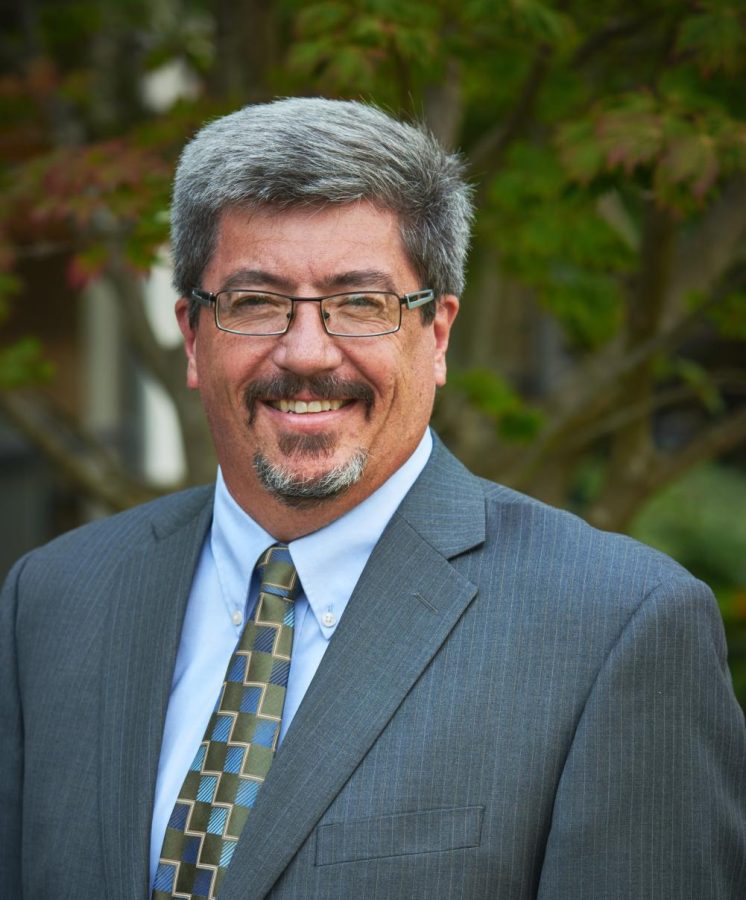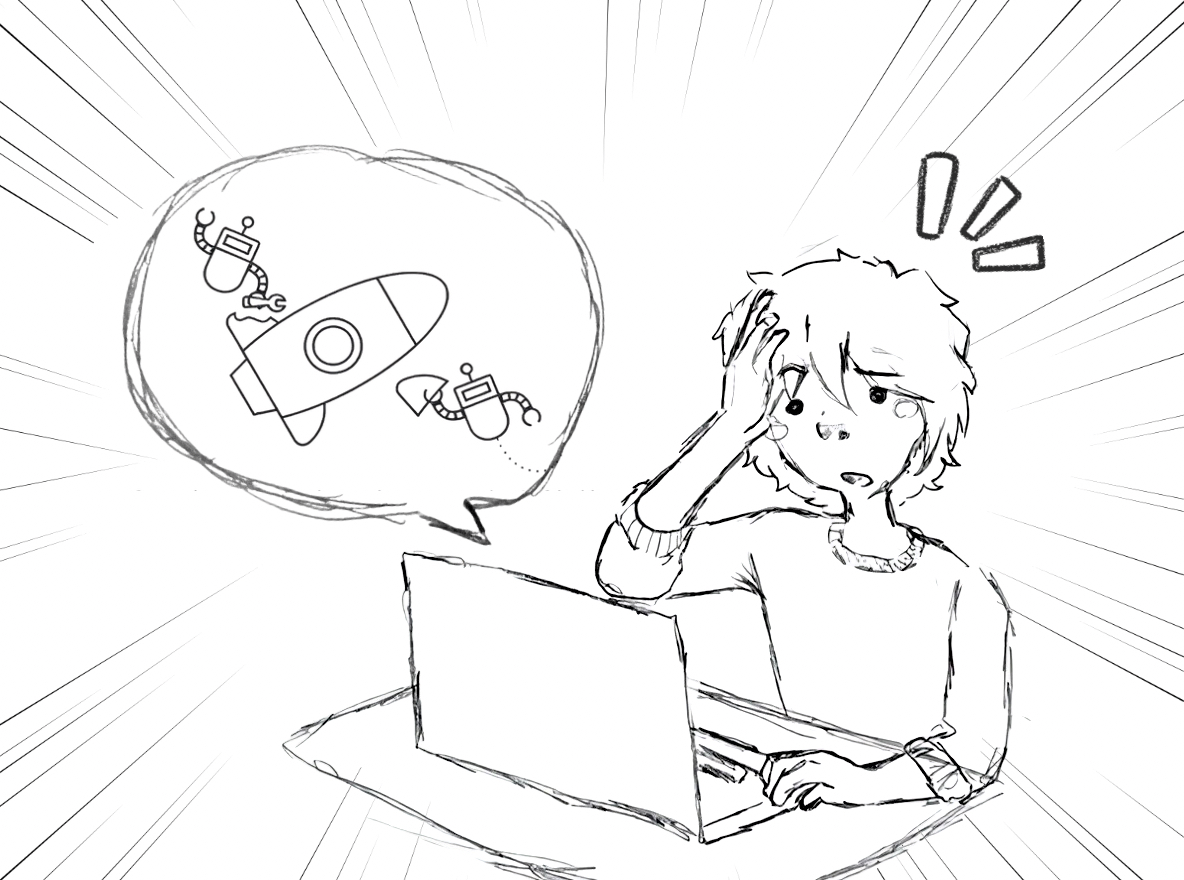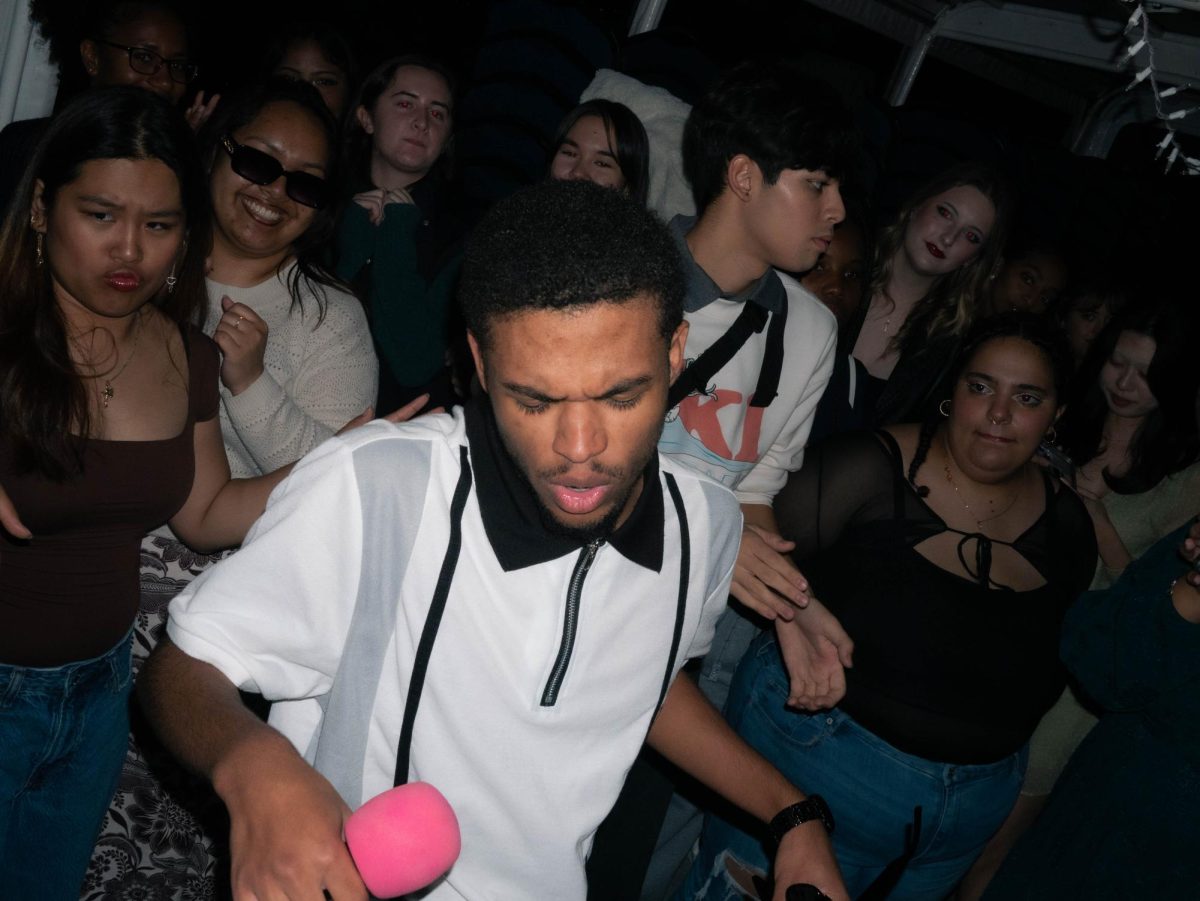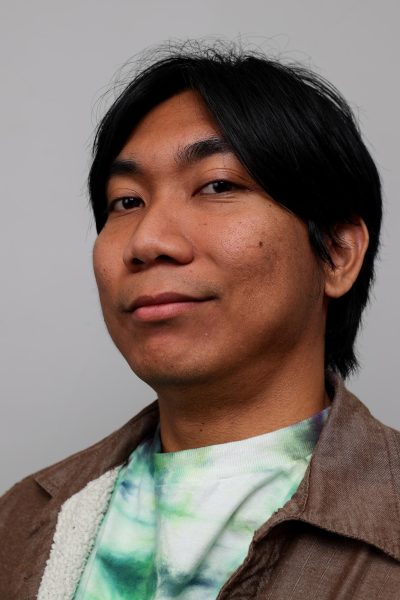Due to recent changes in labor laws, Seattle Pacific University’s athletic department has shifted the operational capacity of its trainers.
Seattle Pacific’s athletic trainers used to be exempt employees, meaning they were given a set salary regardless of how often they worked. This allowed the trainers flexibility in their schedules to accommodate team travel, games and practices. Now, the trainers are paid hourly, so they have a fixed amount of hours they can work per week.
This shift created a new issue for SPU’s athletic trainers, who were already spread thin. Seattle Pacific has just under 200 athletes across its 11 varsity athletic programs and only three athletic trainers. This averages to at least 60 athletes per trainer, a significantly larger ratio than the National Strength and Conditioning Association’s recommended one trainer per 20 athletes at the college level.
It has been harder for Head Athletic Trainer Jason Durocher and his assistants to be as present as they were previously able to.
“It changes how we provide sports medicine,” Durocher said. “[We] don’t travel with the teams anymore, so I have to figure out how two or three employees are going to work 40 hours over a six-day workweek and maximize the ability to have a medical professional in place during the window that we have practices and games.”
Rather than having a trainer assigned to a team or teams and being readily available, Durocher and his assistant athletic trainers, Shirley Chandler and Michaela Peterson, have to create shifts to overlap with games and practices.
“We [try] to provide the most coverage at the heaviest times,” Durocher said. “We’re not a huge athletic program, so it works out pretty well [but] if we were to add three more sports, we’d be completely a mess. We would be looking to add more staff, or we would be diminishing the quality of care that we provide.”
Between meeting with athletes, the trainers block out time for designing rehabilitation plans and handling documentation. Similar to team practices, the trainers’ schedules are built around class schedules. Durocher said the issue of providing adequate care falls more on time management than controlling the flow of athletes as they arrive.
“We’re not exempt anymore, so we can’t accommodate on the fly,” Durocher said. “I’m an administrator and have a lot of additional responsibilities, so I have to block those times to get that part of my job done. That’s also true for my assistants. Oftentimes practice times have to adjust, which means athletic training gets time-crunched.”
The trainers use Microsoft Bookings to manage their schedules and allow athletes to make appointments. Peterson said appointments help inform them about injuries that need the most attention; however, familiarity with the athlete and their injury also influences how the trainers prioritize them.
“If there’s a group of people and only one of them has an appointment, and it’s someone I’ve seen regularly, and they know what to do, it’s easier to treat multiple people at a time,” Peterson said. “If it’s my first time seeing them, and I don’t know what’s going on, then I need to figure out what’s going on, so we can set a program for them moving forward.”
Peterson, who received her clinical training at the University of Washington, compared SPU’s trainer-to-athlete system to UW’s trainer-to-sport system.
“When I was there, I was only with women’s basketball for the majority of the year, and then I was only with baseball,” Peterson said. “I didn’t have to have appointments at UW because I was only working with 12 athletes [at a time], whereas here we have to be strict because there are so many teams and only three of us.”
While scheduled appointments are always addressed first, newer injuries take precedence over older ones.
“Priority-wise, if you schedule an appointment, I’m going to give you time, [especially] if this is a new injury,” Peterson said. “I can do previous injuries fast and not take the whole 30 minutes and then move on to someone else who didn’t schedule an appointment.”
With all these challenges, the trainers continue to provide the best treatment they can, and the athletes recognize it. After a season-ending knee injury in 2023, redshirt sophomore point guard Julian Mora frequented the training room during his recovery.
“It’s a long process, but they are usually pretty flexible,” Mora said. “I don’t think any of us athletes find it hard to get in there, and we enjoy being in there and working with them. We all try and stay healthy, [but] we work extremely hard every day, so athletes will get hurt [and] the trainers do a tremendous job of helping us out.”
In the bigger picture, considering the size of SPU’s athletics program, the limitations are difficult but manageable.
“Perspective is important because a single complaint from an athlete or a coach or myself doesn’t fit the whole situation well,” Durocher said. “There are advantages and disadvantages [but] we make the best model that we have fit. It would be amazing if we had five [athletic trainers], but that is not feasible, so it’s great that we have three. Last year, we only had two, so it’s been fantastic.”















































































